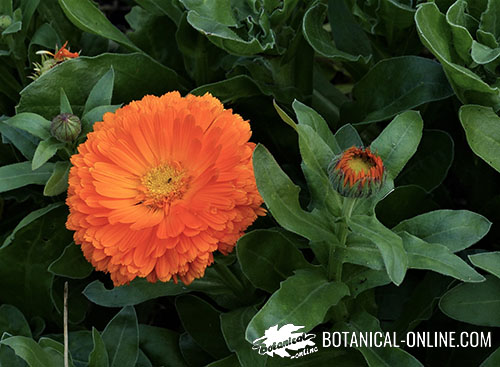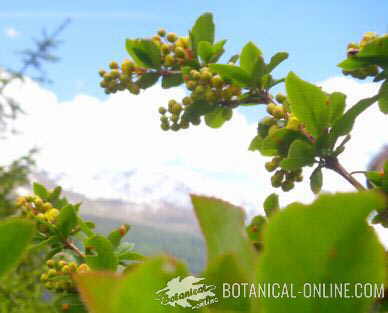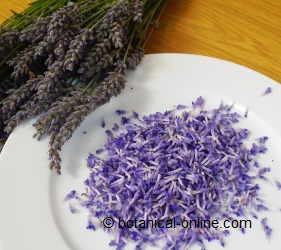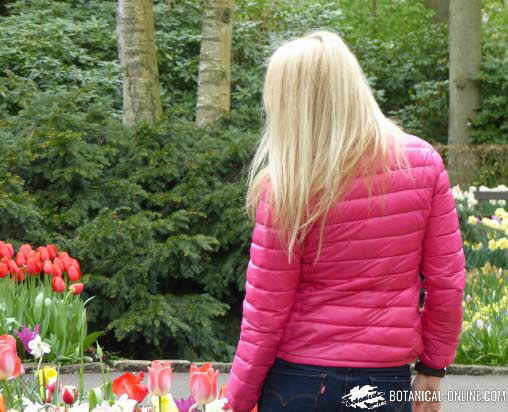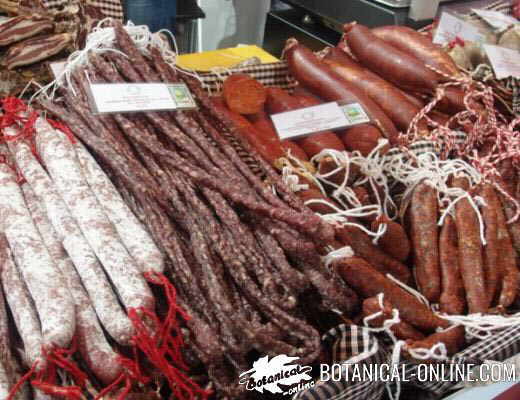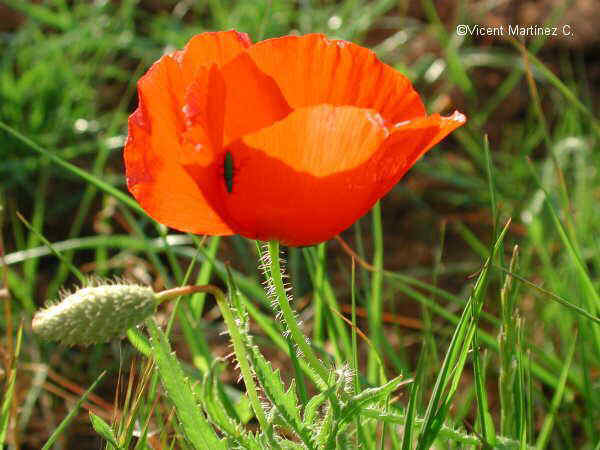Contents
How to grow echinacea
Echinacea cultivation tips
Echinacea (Echinacea spp.) is a plant of the Asteraceae family (formerly called Compositae), the same to which daisies or marigolds belong.
The following is a guide of the cultivation and care of echinacea: adequate climate, irrigation, soil preparation, fertilization, how to multiply the plant and possible diseases and pests.
Types of Echinacea
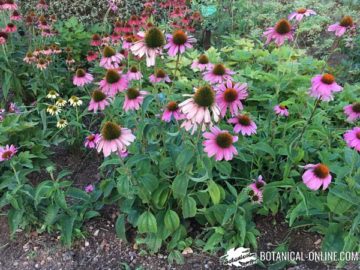
They are the Echinacea angustifolia (more common in the United States and the one that is most used in medicinal preparations), and the Echinacea purpurea (most used in Europe). Both species are used as a medicinal plant, in many preparations, infusions, tinctures, capsules, extracts, …
It is also a garden plant very easy to grow. it is a very decorative plant, because it produces large floral chapters, with very outstanding purple or pink ligules.
Echinacea leaves are edible and can be eaten in wild salads.
Suitable climate to grow echinacea
Echinacea prefers to be located in full sun, or in semi-shade. It is recommended to locate in a place where it can be in full sun at least 5 hours a day.
It requires temperate climates, and does not tolerate frost.
Suitable growing soil for echinacea
It requires a light and clayey soils, deep, loose and well drained.
Before planting, it is advisable to plow the ground so that it becomes loose and oxygenated. If the terrain were very compact, it would hinder the plant’s ability to root.
Propagation of echinacea
Although it is also possible to obtain a new plant from division of shrubs in autumn or spring, the most common method of reproducing echinacea is by means of seeds
How to obtain echinacea seeds?
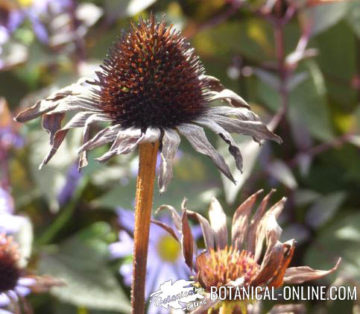
The seeds can be obtained from gardening stores or from specimens over 2 years old, with healthy and vigorous appearance.
Seeding of echinacea seeds
Sow them in seedbed in the month of March or April as follows:
- Using your hand, undo the earth so that it remains fine.
- Then compact it gently, and place the seed without burying it.
- The seed sowing depth must be approximately twice its diameter.
- Since the echinacea seeds are tiny, we will only “pinch” the soil above, “as if we were throwing salt.”
When does germination takes place?
The seed germinates approximately at 15 days at an average temperature of 25 ° C
How to transplant the seedlings?
- Transplant them in pots and keep in greenhouse at least during the first summer. Place a layer of stones on the base of the container so that the roots of the plant are oxygenated and the water drains better.
- Plant in the final place the spring of the second year.
Irrigation of echinacea
Echinacea tolerates drought, although it is preferable to maintain environmental conditions humid to favor its rapid growth.
It is very damaging waterlogging. Watering in excess or using a soil with little drainage does not allow this plant to oxygenate its roots. Excessive watering favors root rot.
When is echinacea flowering?
It blooms from the end of June to August.
Pests and diseases of Echinacea
- Slugs
- Root rot fungi (because of excess of irrigation)
Species of Echinacea
- Echinacea angustifolia
- Echinacea atrorubens
- Echinacea laevigata
- Echinacea pallida
- Echinacea paradoxa
- Echinacea purpurea
- Echinacea sanguinea
- Echinacea serotina
- Echinacea simulata
- Echinacea tenneseensis
![]() More information on echinacea
More information on echinacea

